Top 10 The Longest Rivers in Africa: Exploring the Majestic Waterways of the Continent
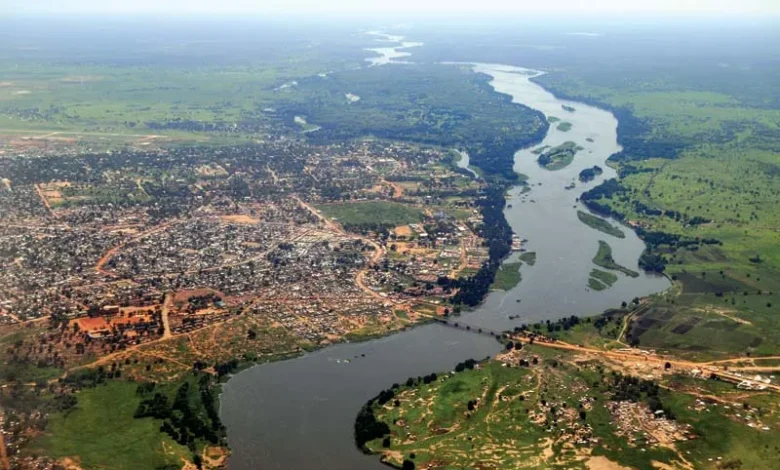
Africa, a continent known for its stunning landscapes and diverse ecosystems, is home to some of the longest rivers in the world. These mighty waterways have played a significant role in shaping the geography, history, and culture of the continent. From the legendary Nile River to the powerful Congo River, let’s embark on a journey to explore the top 10 longest rivers in Africa.
| # | River | Length (Km) |
|---|---|---|
| 1 | The Nile River | 6,853 |
| 2 | River Congo | 4,700 |
| 3 | Niger River | 4,200 |
| 4 | Zambezi River | 2,693 |
| 5 | Ubangi-Uele River | 2,270 |
| 6 | The Orange River | 2,200 |
| 7 | Kasai River | 2,153 |
| 8 | The Limpopo River | 1,750 |
| 9 | The Blue Nile River | 1,450 |
| 10 | The Senegal River | 1,086 |
1. The Nile River: Africa’s Lifeline
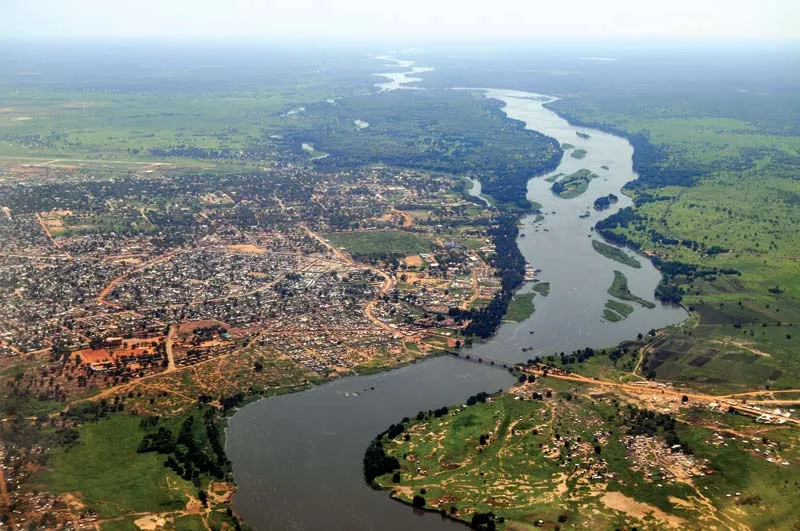
The Nile River, often referred to as the “lifeline of Africa,” holds the title of being the longest river in Africa and the world. Stretching approximately 6,853 kilometers (4,258 miles), the Nile weaves through eleven different countries, including Egypt, Sudan, Ethiopia, and Uganda. Its two main tributaries, the White Nile and the Blue Nile, converge in Sudan before flowing northward towards the Mediterranean Sea.
The Nile has played a crucial role in the development of ancient civilizations, particularly in Egypt. Its annual floods brought life-sustaining water and fertile soil, allowing the growth of agriculture along its banks. Today, the Nile remains a vital water source for millions of people, providing irrigation for crops and supporting various industries.
2. The Congo River: A Mighty Force
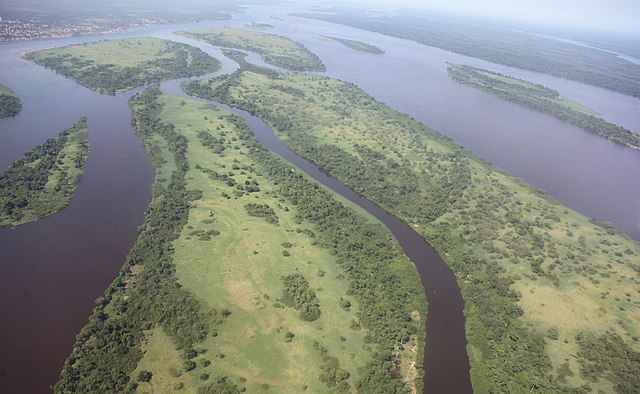
The Congo River, with its impressive length of approximately 4,700 kilometers (2,920 miles), is the second-longest river in Africa. Flowing through the Democratic Republic of the Congo, the Republic of the Congo, and Angola, the Congo River is a powerful force of nature. Its massive drainage basin covers an area of 4 million square kilometers (1.5 million square miles), making it the second-largest in the world.
The Congo River is known for its rich biodiversity, hosting a wide array of plant and animal species. It sustains the Congo Rainforest, the second-largest rainforest in the world, which plays a vital role in maintaining global climate stability. The river also serves as a crucial transportation route, facilitating trade and commerce within the region.
3. The Niger River: A Lifeline in West Africa
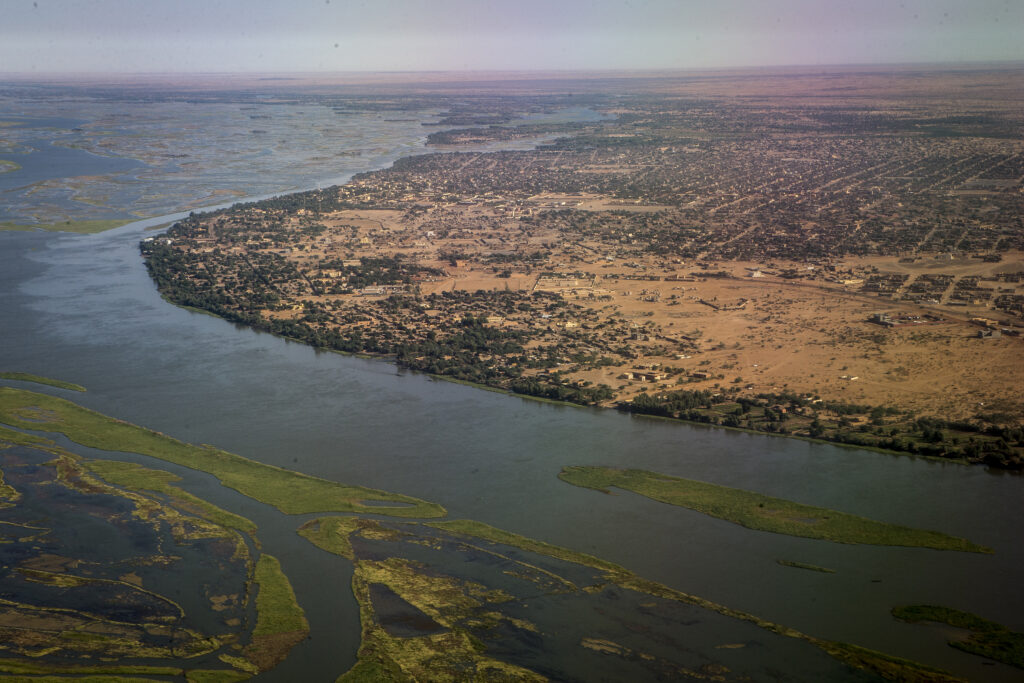
Flowing through West Africa, the Niger River stretches approximately 4,200 kilometers (2,610 miles), making it the third-longest river on the continent. Originating from the Fouta Djallon highlands in Guinea, the Niger River meanders through Mali, Niger, and Nigeria before emptying into the Gulf of Guinea.
The Niger River has been a lifeline for civilizations in the region for centuries. It has supported thriving agricultural communities, providing water for irrigation and transportation for trade. The river also boasts unique ecosystems, such as the Niger Inland Delta, a UNESCO Biosphere Reserve known for its rich biodiversity.
4. The Zambezi River: Majestic Landscapes and Iconic Falls
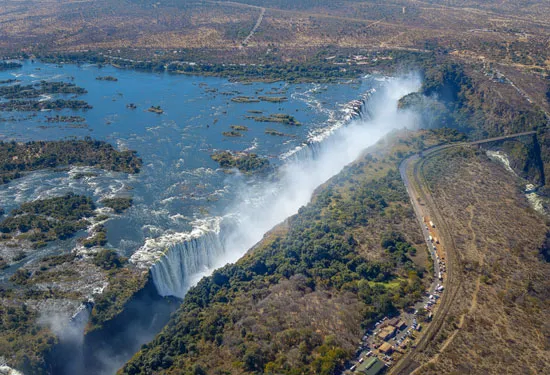
The Zambezi River, spanning approximately 2,693 kilometers (1,673 miles), is the fourth-longest river in Africa. It flows through six countries, including Zambia, Angola, Namibia, Botswana, Zimbabwe, and Mozambique, before reaching the Indian Ocean.
One of the Zambezi River’s most famous features is the breathtaking Victoria Falls, considered one of the Seven Natural Wonders of the World. The falls, located on the border of Zambia and Zimbabwe, are a magnificent display of nature’s power. The Zambezi River is also home to diverse wildlife, including hippos, crocodiles, and a variety of fish species.
5. The Ubangi-Uele River: A Tributary of the Mighty Congo
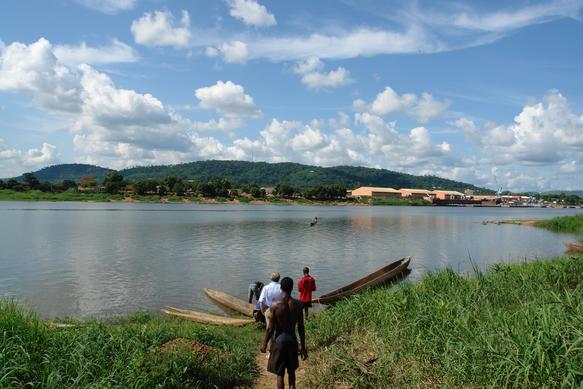
The Ubangi-Uele River, a significant tributary of the Congo River, has a length of approximately 2,270 kilometers (1,410 miles). Flowing through the Central African Republic and the Democratic Republic of the Congo, the Ubangi-Uele River joins the Congo River near the town of Liranga.
The river’s basin is home to lush tropical rainforests and supports a wide range of wildlife, including elephants, chimpanzees, and numerous bird species. The Ubangi-Uele River plays a vital role in the local economies, providing water for agriculture, transportation, and fishing.
6. The Orange River: A Lifeline in the Desert
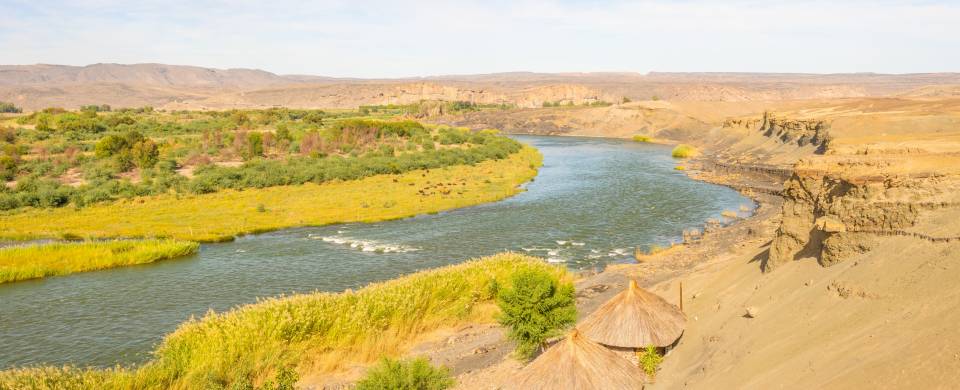
The Orange River, spanning approximately 2,200 kilometers (1,367 miles), is the longest river in South Africa. Originating in the Lesotho Highlands, the river winds its way through South Africa and forms the border between South Africa and Namibia before flowing into the Atlantic Ocean.
The Orange River is a crucial water source in an otherwise arid region. It sustains agriculture and provides water for irrigation, enabling the cultivation of crops in the surrounding areas. The river also offers opportunities for adventure and recreation, with activities such as white-water rafting and canoeing attracting visitors from around the world.
7. The Kasai River: Exploring Central Africa’s Waterways
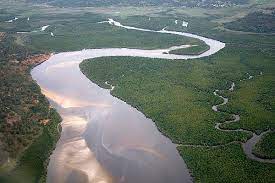
The Kasai River, with a length of around 2,153 kilometers (1,338 miles), flows through Angola and the Democratic Republic of the Congo. It is one of the major tributaries of the Congo River, contributing to its vast volume of water.
The Kasai River basin is known for its fertile soils, making it an important agricultural region. The river’s waters sustain local communities, supporting farming activities and providing a habitat for various aquatic species.
8. The Limpopo River: A Borderline Experience
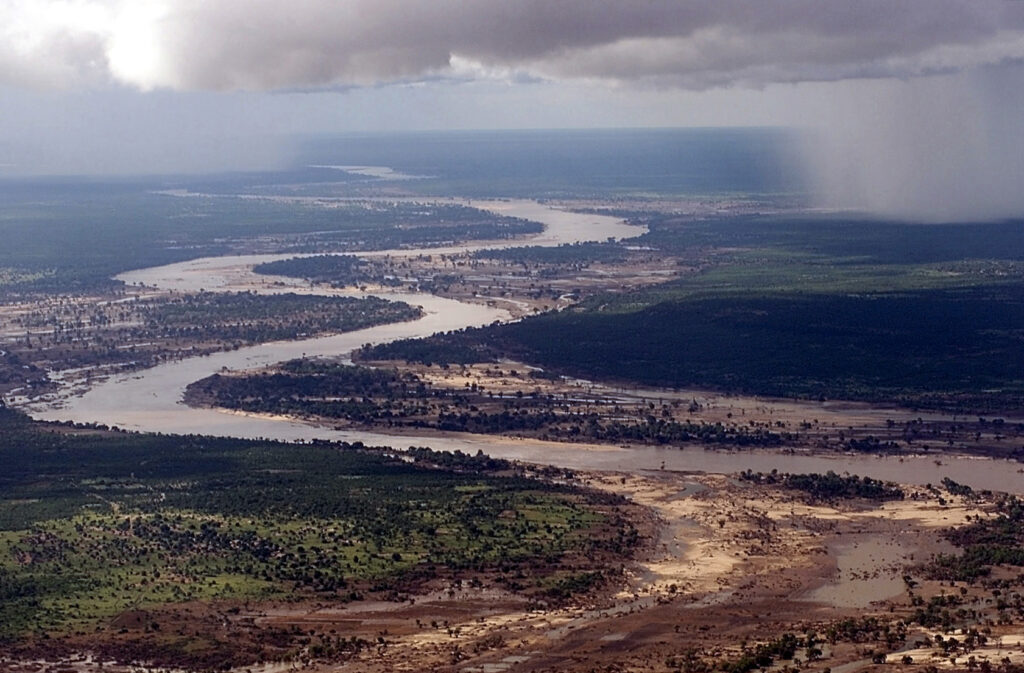
The Limpopo River, stretching approximately 1,750 kilometers (1,087 miles), forms part of the border between South Africa and Zimbabwe, as well as South Africa and Mozambique. It originates from the Marico and Crocodile Rivers in South Africa and flows into the Indian Ocean.
The Limpopo River basin is home to diverse ecosystems, including wetlands and savannahs, supporting a wide range of plant and animal species. The river’s waters are essential for agriculture, providing irrigation for crops and sustaining local communities.
9. The Blue Nile River: Confluence of Waters
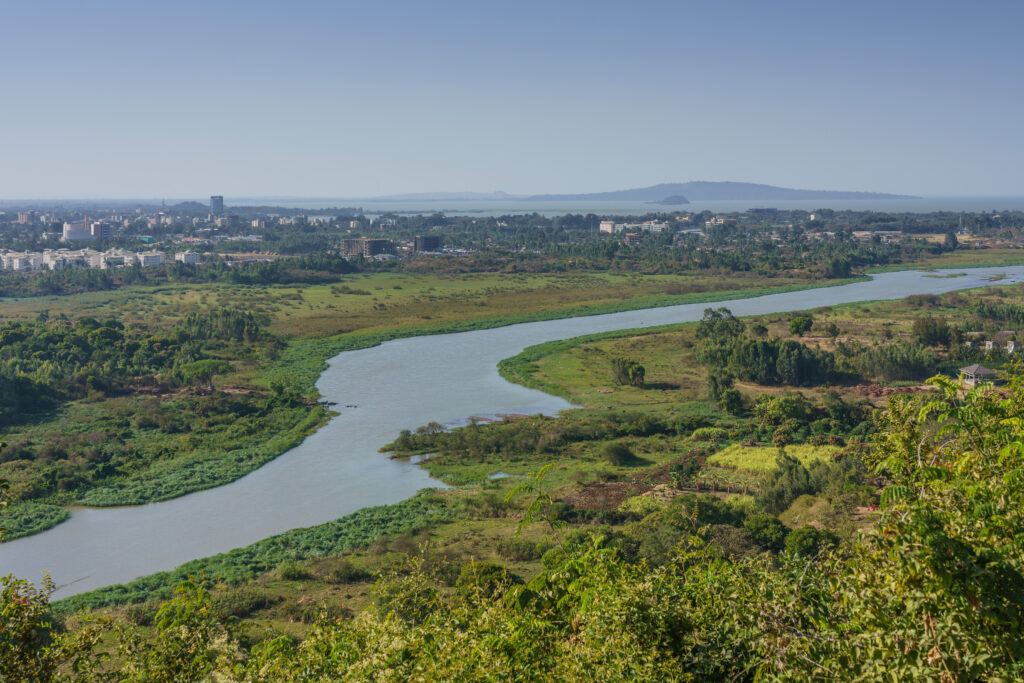
The Blue Nile River, one of the main tributaries of the Nile River, spans approximately 1,450 kilometers (900 miles). It originates from Lake Tana in Ethiopia and merges with the White Nile in Sudan to form the iconic Nile River.
The Blue Nile has been instrumental in providing water to the Nile River, supporting agriculture and economic activities along its banks. It is also known for its stunning natural attractions, including the Blue Nile Falls, often referred to as the “Tis Issat” or “Smoking Water.”
10. The Senegal River: A Lifeline in West Africa
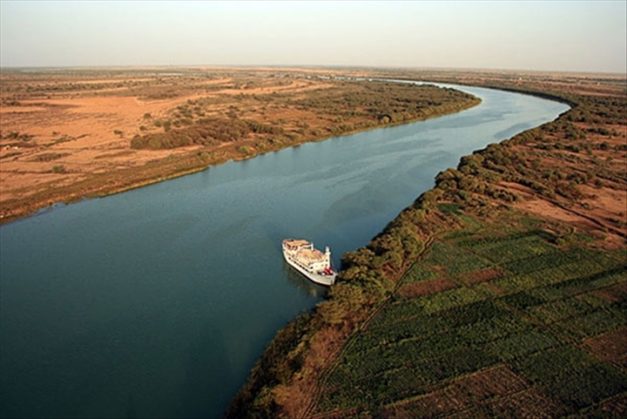
Flowing through Senegal, Mauritania, Guinea, and Mali, the Senegal River has a length of approximately 1,086 kilometers (675 miles). It serves as a vital water source in arid and semi-arid regions, supporting agriculture, fishing, and providing drinking water for communities along its banks.
The Senegal River plays a significant role in the economies of the countries it passes through. It has facilitated trade and transportation, allowing goods to be transported inland from the coast. The river is also home to diverse bird species, making it a haven for birdwatchers and nature enthusiasts.
Final Thoughts
Africa’s longest rivers are not only captivating natural wonders but also essential sources of life. These majestic waterways have shaped the continent’s landscapes, provided sustenance to communities, and supported diverse ecosystems. From the Nile’s historical significance to the Congo’s immense power, each river tells a unique story of Africa’s rich natural heritage. Exploring these rivers is an opportunity to witness the mesmerizing beauty and profound influence of water on the continent.
Additional Information:
- Africa’s rivers are not only significant in terms of length but also in terms of volume and discharge.
- The Nile River is often associated with ancient Egyptian civilization and the iconic pyramids.
- The Congo River basin is home to the critically endangered Grauer’s gorilla, one of the largest primates in the world.
- The Zambezi River is famous for its wildlife, including elephant herds and the fierce Nile crocodile.
- The Niger River is a lifeline for the city of Timbuktu, once a thriving center of trade and learning.
- The Orange River is a popular destination for river rafting enthusiasts, offering thrilling rapids and breathtaking scenery.
- The Limpopo River is known for its diverse birdlife, attracting birdwatchers from around the world.
- The Senegal River has witnessed the rise and fall of ancient empires, shaping the region’s history.
- The Blue Nile River’s annual floods were instrumental in the development of ancient Egyptian agriculture.





